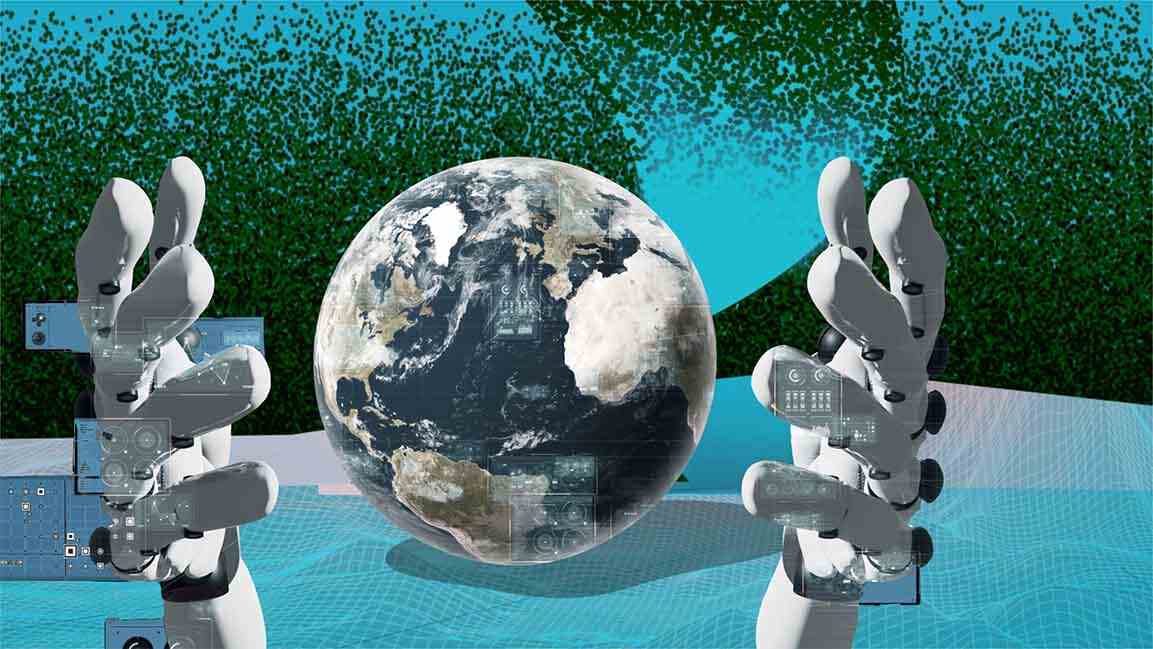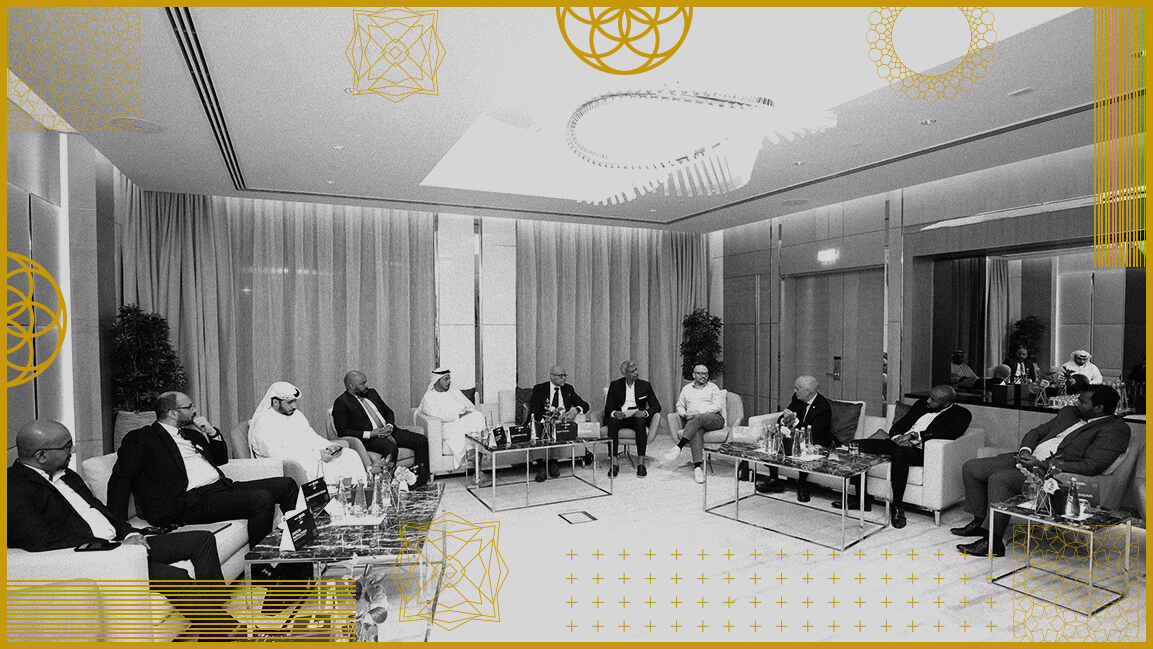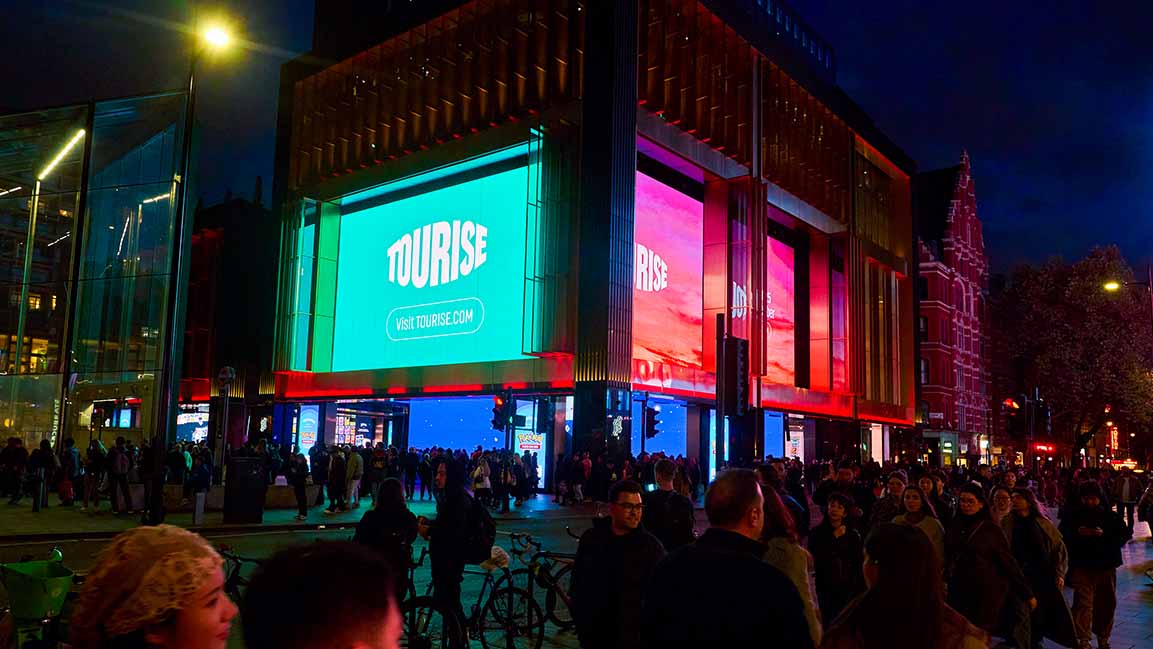- | BCG
Can AI enable organizations to achieve their sustainability goals?
BCG’s CO2 AI tracks an organization’s carbon footprint and helps create a roadmap for companies to achieve sustainability goals.

Companies rely heavily on technologies that offer business insights from user data in an information-fueled environment. AI-backed predictive analysis provides insights for developing a strategy to increase efficiency by tracking fuel consumption and the need for maintenance. In the face of a rapidly evolving future, businesses must consider factors including policy changes, environmental impact, workforce requirements, and geopolitics.
One example is the Boston Consulting Group, which has been working with diverse sectors, including automotive, aerospace, finance, energy, education and healthcare. It offers data-driven insights to create future business strategies and set up an infrastructure for quick decision-making.
With its commitment to using innovation against climate change, BCG has committed to achieving net-zero climate impact by 2030. The company aims to cut down the emission of greenhouse gases from its operations by half by 2025, to meet goals set by the Paris agreement.
Partnering with governments and private companies to help them achieve their emission targets is where the company deploys data, expert insights, and AI to create sustainable business models.
BUILDING TEAMS TO COVER ALL BASES
With an eye on reducing both its own and its clients’ carbon footprint, BCG has assembled a team of 550 experts, as well as acquired the innovative environmental company Quantis, to focus on diverse sustainability aspects. They work on biodiversity, circular economies, decarbonization, agritech, and financing for adopting eco-friendly measures. To help companies achieve sustainability while gaining value from it, BCG has also partnered with SAP to help companies reduce emissions by 40% to achieve zero-waste and zero-emission targets and to increase their enterprise value.
BCG’s CO2 AI tracks internal data to measure a firm’s carbon footprint before creating a strategy to reduce emissions. It can access information through data pipes developed in collaboration with SAP, which stores data for many large corporations.
LEVERAGING AI TO CREATE SELF-SUSTAINING BUSINESS MODELS
As a part of the linear economy, about 92 billion tons of resources are discarded as wastage at the end of a single consumption cycle every year. But the circular economy focuses on making the most of raw materials by recycling and reusing them as often as possible to scale efficiency and reduce business operations costs.
Most businesses that attempted to create circular business models have struggled due to the lack of an informed and holistic strategy, keeping circularity at 8.6% in 2020, while it needs to be at 70% to ensure long-term sustainability.
BCG has also created CIRCelligence to help firms integrate circular economy concepts into their everyday functioning. With a proprietary calculator, CIRCelligence takes stock of resources flowing into the company, the duration of their usage, and which resources flow out of the firm. Based on insights from that data, a roadmap is created with achievable circularity targets and provides recommendations to reach those goals.
Solutions, such as CO2 AI, can be instrumental by enabling companies to measure, reduce and track their environmental impact. Similar to CIRCelligence, CO2 AI starts by measuring the carbon footprint of business operations and stimulates the effect of the measures to reduce emissions. After that, it creates a roadmap before tracking the effectiveness of sustainability initiatives.
By combining expert insights, data gathering, and cutting-edge AI, companies can make great strides in innovation towards a greener, energy-efficient future.







































